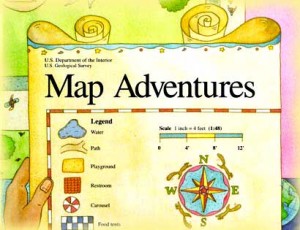“Iago is a narcissist and a sadist, with a ruthless Machiavellian outlook on life, yet we find him utterly compelling”
To tackle this question we defined the key words of narcissist, sadist, Machiavellian and compelling.
Narcissist = if you love yourself, consider yourself superior to others physically or intellectually, take pride in your every achievement and are generally arrogant in your outlook and behaviour, you’re a narcissist.
Sadist = if you take pleasure in witnessing or inflicting suffering and pain on others you’re a sadist. We don’t have a word in the English language for the feeling of satisfaction you might experience if you saw someone walk into a wall, but they have one in German, it’s “schadenfreude” and for a very funny (and very rude – you have been warned) song explaining what it means, check this out:
[youtube_sc url=http://www.youtube.com/watch?v=55fzXL3uc1s]
Machiavellian = if you are completely ruthless in your behaviour and will do whatever it takes to get what you want, no matter who you hurt in the process you are Machiavellian. Click here for some quotes from “The Prince” by Machiavelli for a deeper understanding of the origins of this word.
Compelling = if you command people’s attention when you walk into a room; if others are intrigued by you and see you as intelligent and charismatic, you’re a “compelling” character. Dictionary definitions, while impeccably factual, are to my mind often bland but I like this one “evoking interest, attention, or admiration in a powerfully irresistible way“. It captures the concept perfectly.
Here’s a picture of the list of reasons why my fifth years believe Iago is a compelling character.
A few students struggled to write a conclusion however, as they feared they might end up just repeating themselves. They were right to worry – simply repeating your introduction IS NOT WHAT A CONCLUSION IS FOR! I like to think of the introduction as a road map, laying out the directions in which your essay will go. The conclusion, meanwhile, reflects back on the journey, identifying what the experience meant; what you have learnt from going on this journey. You must answer the question “so what?” in order to write your conclusion.
Here’s a sample conclusion I wrote to help a student whose essay was very good but whose conclusion was rubbish:
“Thus we see Iago’s sadistic, Machiavellian and to a lesser extent narcissistic behaviour is evident throughout the play. However, what I found really interesting was the counter-intuitive fact that these traits actually make him more intriguing, more compelling and more fascinating for the audience. Perhaps we are captivated by him because he is so unusual, so unapologetic and so honest in confiding his own ruthlessness to us. Like every great villain in literature and popular culture, we do not like him, yet we cannot look away. Iago, after all, is the focal point of the drama, the tension and the tragic violence that make this play worth watching“.
For more on conclusions, check out this link.







